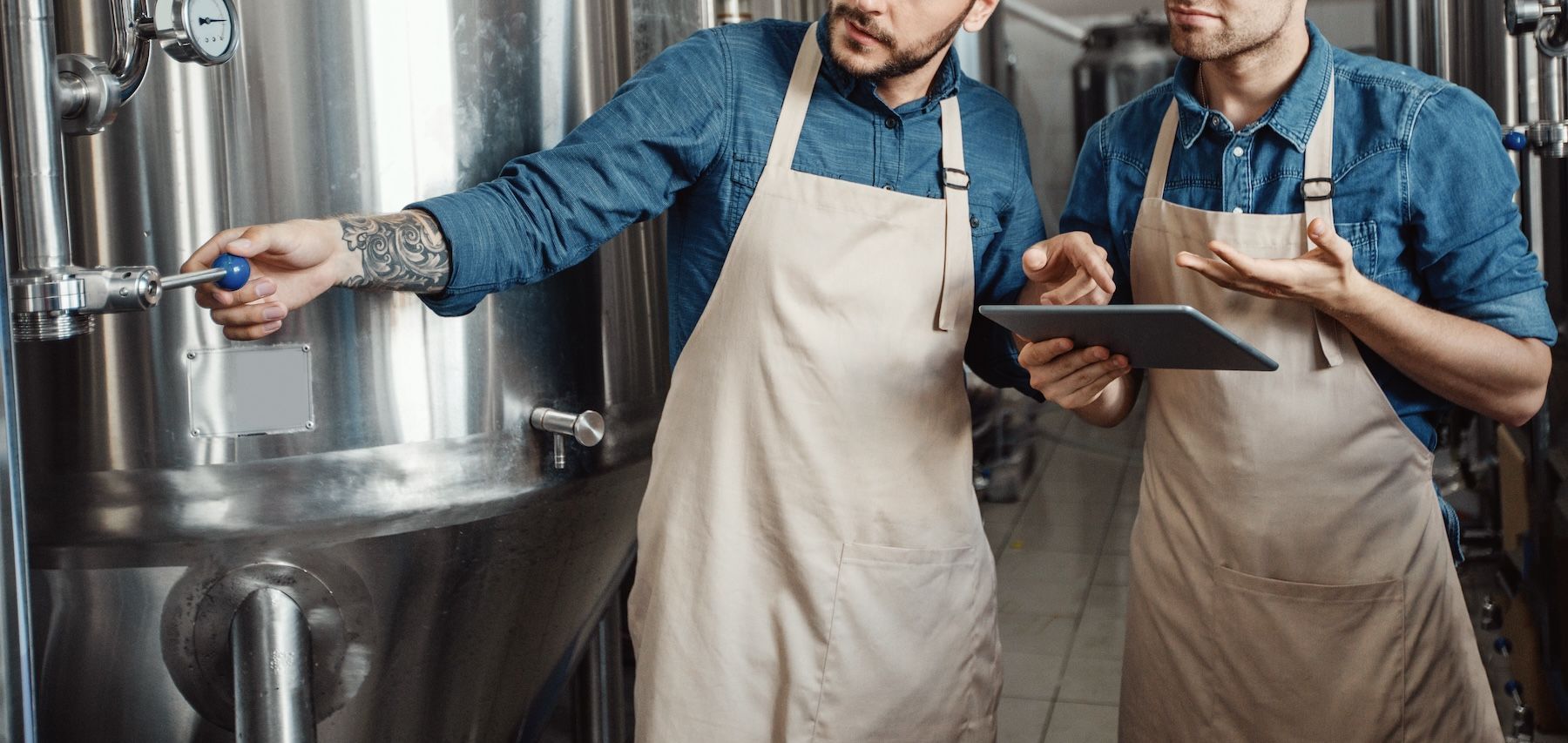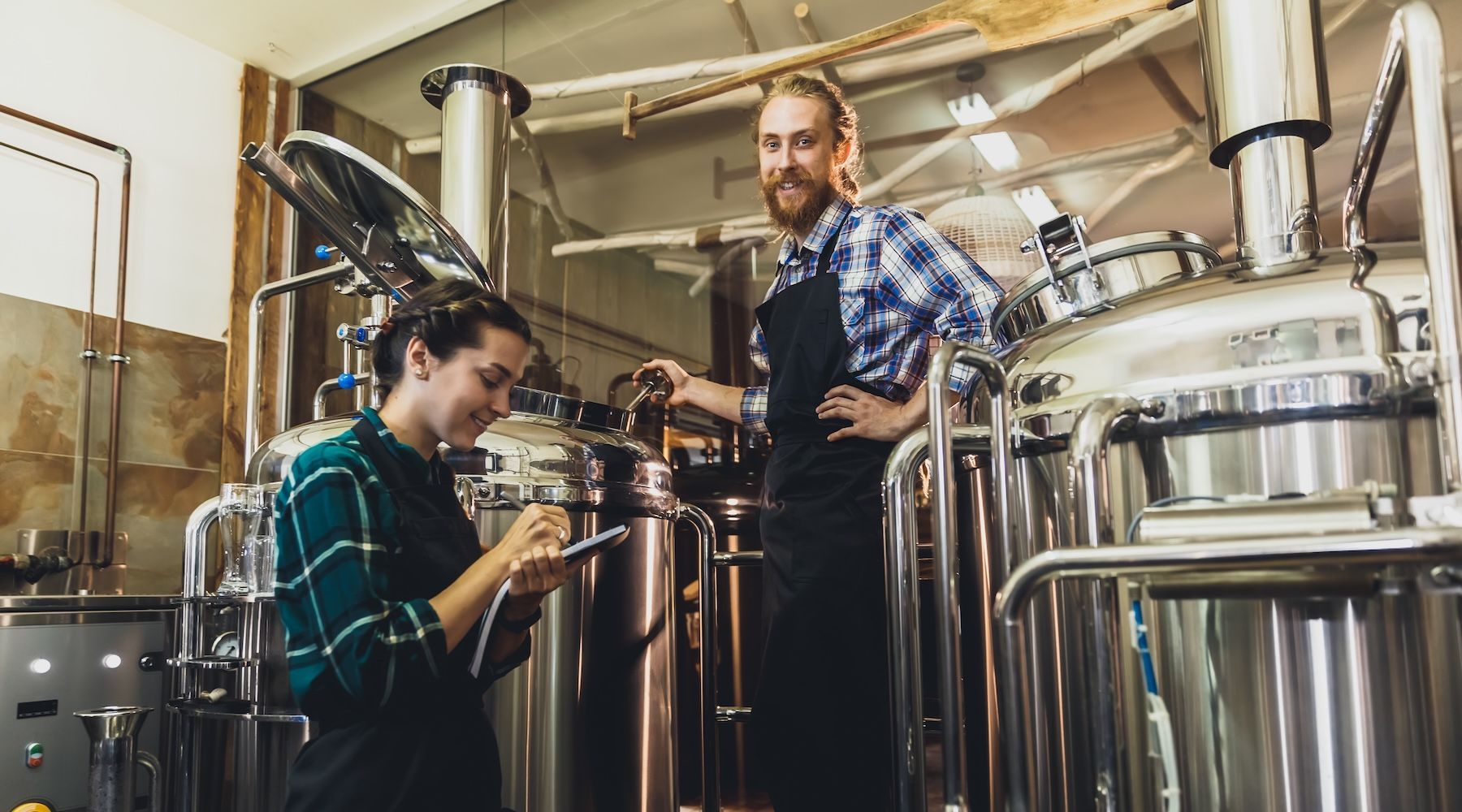There’s no doubt about it – craft brewing is big business. And the movers are always moving, while the shakers keep shaking.
Case in point: Just in the last few months alone, the industry has seen many highly publicized (and high dollar) mergers and acquisitions. Take this summer's news that
Sapporo closed its $165 million acquisition of Stone Brewing at the end of August, gaining the company one of the top 10 craft breweries (by volume) in the U.S. Or not a month later, the announcement that NOLA-based Faubourg Brewing Company had closed on a merger with portfolio company, Made By The Water, to become “one of the largest craft beer producers in the United States,” with a
target production volume of over 100,000 barrels. (Read more about recent brewery M&As via this great
list by Brewbound.)
For those of us in the industry, it’s always exciting to see brands we care about find new paths to success. No change, however, happens in a vacuum. Employees care very deeply about their workplaces and their livelihoods, as most of us do. And these upheavals frequently have massive reverberations. If leadership fails to take into consideration the importance of a solid and strategic change management program during such seismic shifts as merger and acquisition activities, it can oftentimes have extremely negative impacts on the business – and even the overall brand reputation.
Keep scrolling to find out more about the importance of addressing change at your brewery, and be sure to download our
Crafted ERP Change Kit when you’re done. We've given you a bit of a teaser in the copy below, but the content in the toolkit was designed to empower you to take immediate action around change.
CHANGE Impacts
While mergers and acquisitions are often celebratory occasions for ownership and investors, they can be fraught with anxiety, anger, sadness, remorse and other intense emotions by employees. Change is hard. And it’s especially hard when you’re the one who has to do the changing.
If your brewery is going through change of any kind, not just M&A related, it’s important to take a step back and consider the impacts the change will have on your staff. We've seen the impacts of change throughout our careers with
brewery ERP software implementations and we can tell you from experience: this isn’t the kind of thing to play by ear. In fact, failed change management can have some brutal repercussions, including losses in:
- Revenue
- Efficiency
- Quality of work
- Morale
- Employee retention
- Customer loyalty
- Supplier relationships
- Brand sentiment
- Credibility
The potential impacts are very clear. Yet according to research giant Gartner, 50% of change management initiatives fail and only 34% of them are a clear success. Those are some pretty depressing odds.
The Pitfalls (and how to avoid them)
Just as you dedicated time and energy to planning your business, painstakingly building it into what it is today, you’ll want to cut no corners when it comes to planning how to manage this major organizational change. Below are just a few of the common pitfalls and roadblocks that can threaten or derail your plan for a smooth transition:
- Inadequate investment (in terms of time, effort and money) in change management
- Allowing negative employee attitudes to fester
- Ignoring the human element; not involving employees in the process
- An ineffective communication plan
- Failure to address resistance
- Failure to secure leadership support
- Lack of commitment
Now we know why change management initiatives so frequently fail and we know what the failures look like – so let’s explore how to make sure your brewery change initiative is a success.
The Winds of Change
The roadmap to any successful organizational change can be drawn by addressing four essential change management principles: understanding, active leadership, implementation and maintenance. The Crafted ERP Change Kit provides practical steps that can help you establish these principles and navigate your way through each phase of change management.
Phase One: Imagine the Vision
This step is all about creating understanding — making sure leadership is aligned in their assessment of what the new company operations and culture will look like, what problem areas can be expected to arise, and how the next steps in the process will unfold. You’ll have several crucial action items during this phase.
- Map out detailed plans for the change, specifying the desired outcomes and the task list that will need to be accomplished to achieve it.
- Assess the possible impact on your business and your people — the good, the bad and the ugly.
- Develop a strong team — make sure that big picture understanding is shared at every layer of leadership and that those leaders are empowered to keep their teams’ eyes on the prize as the change happens.
Phase Two: Inspire the Organization
This is where the magic really starts and you put your deep understanding into action. In this phase, you'll work with your leadership team to develop your organization’s “Story Statement.” This will serve as a source of inspiration and a unifying vision for the future of your team. This is the phase that builds the steam that will move your change forward. To spread this inspiration like wildfire throughout your organization, you’ll need to cultivate some key elements.
- Active leadership — be the shining example of accepting . . . nay, embracing the change ahead.
- Team buy-in — participation and engagement from everyone involved and affected by the upcoming changes. This will require great communication, thorough training and planned incentives.
Phase Three: Implement the Changes
This stage is where you’ll need to get your hands dirty. With a focus on sustainability — starting with small, incremental changes and building momentum over time — you’ll make use of established change management modalities to customize a structured approach and map out the practical steps to complete your transition.
Phase Four: Instill Support
This phase is about tending the fire, keeping it burning. Here you’ll be continuing to work towards buy-in and enthusiasm from the different arms of your organization and doing regular evaluation and maintenance to keep the momentum going.
- Communication, open and often — keep your cohorts engaged and in-the-know.
- Identify resistance and obstacles – develop a plan to address them as they arise.
- Keep score — evaluate progress to identify what’s working and what isn’t. This will give you valuable information to improve your transition plan and to utilize in future projects.
Change is good!
Or, at least, it can be when planned for, well managed and with the cultivated support of your team. This is the promise of M&A Change Management with Crafted. Let’s get started! Learn how to operationalize the steps outlined above by downloading our
hands-on change toolkit today, or
contact us directly if you want to talk strategy.










GET IN TOUCH
1512 Larimer Street, Suite #150
Denver, CO 80202
United States
(720) 699-0200
66 Goulburn Street
Sydney, NSW, 2000
Australia
+61 2 9044 1330

